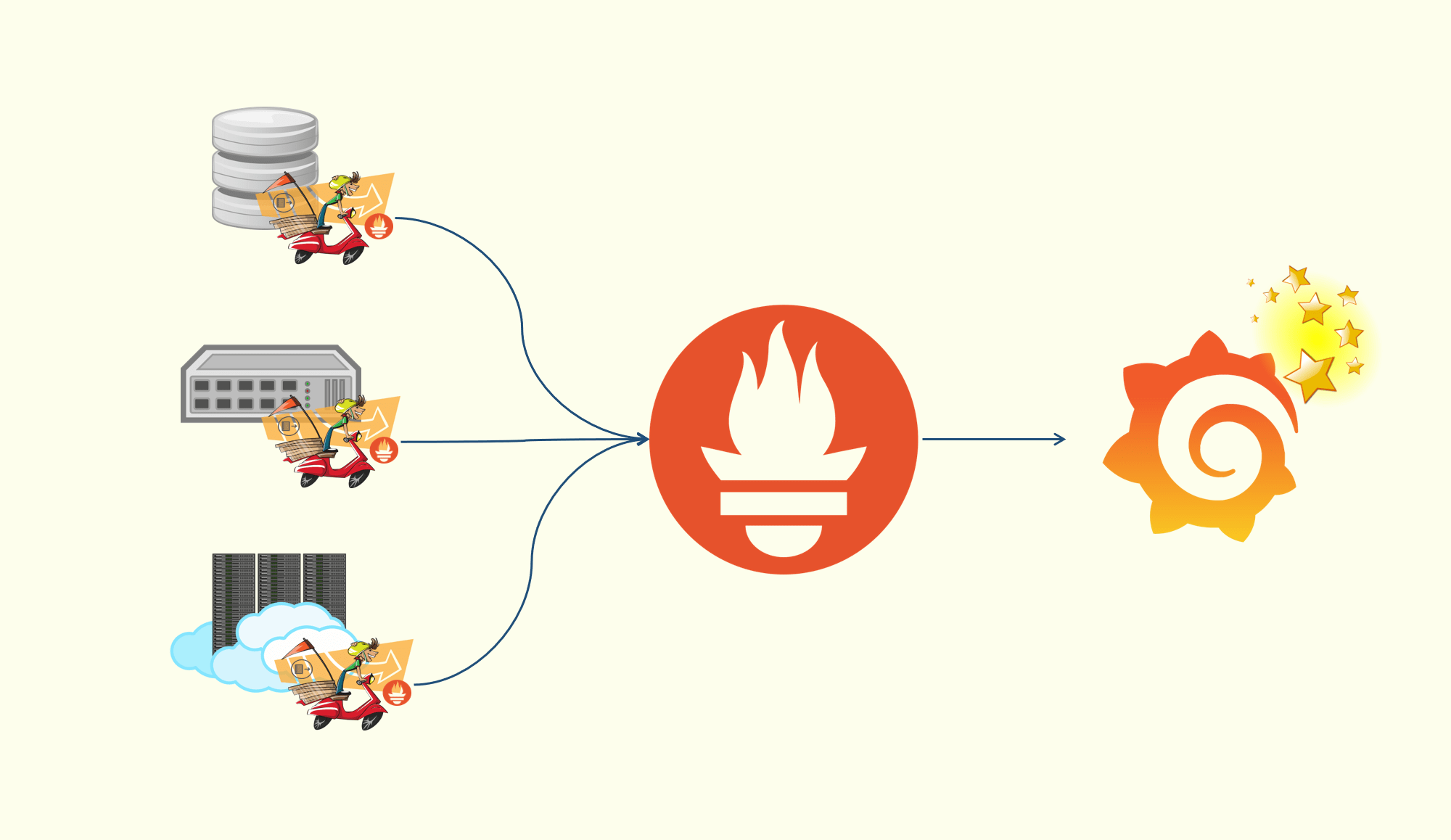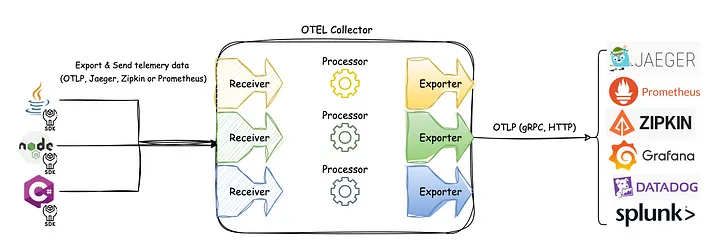GoF
创建型模式
提供一种在创建对象的同时隐藏创建逻辑 的方式,而不是直接使用 new 运算符直接实例化对象
单例模式
分为饿汉 方式(包被加载 时创建)和懒汉 方式(第一次使用 时创建)
饿汉方式 1 2 3 4 5 6 7 8 9 10 11 package hungertype singleton struct {} var ins *singleton = &singleton{}func GetIns () return ins }
懒汉方式
非并发安全 ,需要加锁
1 2 3 4 5 6 7 8 9 10 11 12 13 14 15 16 17 18 19 20 package singletonimport "sync" type singleton struct {} var ins *singletonvar lock sync.Mutexfunc GetIns () if ins == nil { lock.Lock() defer lock.Unlock() if ins == nil { ins = &singleton{} } } return ins }
once 1 2 3 4 5 6 7 8 9 10 11 12 13 14 15 16 package singletonimport "sync" type singleton struct {} var ins *singletonvar once sync.Oncefunc GetIns () once.Do(func () ins = &singleton{} }) return ins }
工厂模式 简单工厂模式
接受参数,然后返回实例(结构体 )
1 2 3 4 5 6 7 8 9 10 11 12 13 14 15 16 17 18 19 package factoryimport "fmt" type Person struct { Name string Age int } func (p Person) fmt.Printf("Hi! My name is %s\n" , p.Name) } func NewPerson (name string , age int ) return &Person{ Name: name, Age: age, } }
抽象工厂模式
与简单工厂模式的区别:返回的是接口 (不必公开内部实现细节),而不是结构体
1 2 3 4 5 6 7 8 9 10 11 12 13 14 15 16 17 18 19 20 21 22 23 24 25 26 package factoryimport ( "fmt" ) type Person interface { Greet() } type person struct { name string age int } func (receiver *person) fmt.Printf("Hi! My name is %s\n" , receiver.name) } func NewPerson (name string , age int ) return &person{ name: name, age: age, } }
工厂方法模式
在简单工厂模式,依赖于唯一的工厂对象 ;在工厂模式中,依赖于工厂接口 (通过子工厂 来解耦 )
1 2 3 4 5 6 7 8 9 10 11 12 13 14 15 16 17 18 19 20 21 22 23 24 25 26 27 28 package mainimport "fmt" type Person struct { name string age int } func NewPersonFactory (age int ) func (name string ) return func (name string ) return &Person{ name: name, age: age, } } } func main () babyFactory := NewPersonFactory(1 ) baby := babyFactory("john" ) fmt.Println(baby) teenagerFactory := NewPersonFactory(16 ) teenager := teenagerFactory("jill" ) fmt.Println(teenager) }
结构性模式
关注类和对象的组合
策略模式
定义了一组算法,并将每个算法都封装起来,并且使它们之间可以互换
1 2 3 4 5 6 7 8 9 10 11 12 13 14 15 16 17 18 19 20 21 22 23 24 25 26 27 28 29 30 31 package strategytype Strategy interface { do(int , int ) int } type add struct {} func (receiver *add) int ) int { return a + b } type reduce struct {} func (receiver *reduce) int ) int { return a - b } type Operator struct { strategy Strategy } func (receiver *Operator) receiver.strategy = strategy } func (receiver *Operator) int ) int { return receiver.strategy.do(a, b) }
1 2 3 4 5 6 7 8 9 10 11 12 13 14 15 16 17 18 package strategyimport ( "fmt" "testing" ) func TestStrategy (t *testing.T) operator := Operator{} operator.setStrategy(&add{}) add := operator.calculate(1 , 2 ) fmt.Println("add: " , add) operator.setStrategy(&reduce{}) reduce := operator.calculate(1 , 2 ) fmt.Println("reduce: " , reduce) }
模板模式
定义了算法的骨架 ,然后将一些步骤 延迟到子类
1 2 3 4 5 6 7 8 9 10 11 12 13 14 15 16 17 18 19 20 21 22 23 24 25 26 27 28 29 30 31 32 33 34 35 36 37 38 39 40 41 42 43 package templateimport "fmt" func programming (programmer Programmer) programmer.coding() programmer.compile() programmer.run() } type Programmer interface { coding() compile() run() } type AbstractProgrammer struct {} func (AbstractProgrammer) fmt.Println("compile" ) } func (AbstractProgrammer) fmt.Println("run" ) } type JavaProgrammer struct { AbstractProgrammer } func (*JavaProgrammer) fmt.Println("coding java" ) } type GoProgrammer struct { AbstractProgrammer } func (GoProgrammer) fmt.Println("coding go" ) }
1 2 3 4 5 6 7 8 9 10 11 package templateimport "testing" func TestTemplate (t *testing.T) javaProgrammer := &JavaProgrammer{} programming(javaProgrammer) goProgrammer := &GoProgrammer{} programming(goProgrammer) }
行为型模式
关注对象之间的通信
代理模式
为另一个对象提供替身 ,以控制 对这个对象的访问;代理类中持有被代理类对象,并且与被代理类对象实现同一接口
1 2 3 4 5 6 7 8 9 10 11 12 13 14 15 16 17 18 19 20 21 22 package proxyimport "fmt" type Seller interface { sell() } type Station struct {} func (*Station) fmt.Println("Station sell" ) } type StationProxy struct { station *Station } func (proxy *StationProxy) proxy.station.sell() }
选项模式
创建一个带有默认值 的 struct 变量,并选择性地修改 其中一些参数的值 – Go 不支持参数默认值
1 2 3 4 5 6 7 8 9 10 11 12 13 14 15 16 17 18 19 20 21 22 23 24 25 26 27 28 29 30 31 32 33 34 35 36 37 38 39 40 41 42 43 44 45 46 47 48 49 50 51 52 53 54 55 56 57 58 59 60 package optionimport "time" const ( defaultCaching = false defaultTimeout = 10 ) type Connection struct { addr string cache bool timeout time.Duration } type options struct { caching bool timeout time.Duration } type Option interface { apply(*options) } type optionFunc func (*options) func (f optionFunc) f(opts) } func WithCaching (cache bool ) return optionFunc(func (o *options) o.caching = cache }) } func WithTimeout (t time.Duration) return optionFunc(func (o *options) o.timeout = t }) } func Connect (addr string , opts ...Option) error ) { options := options{ caching: defaultCaching, timeout: defaultTimeout, } for _, option := range opts { option.apply(&options) } return &Connection{ addr: addr, cache: options.caching, timeout: options.timeout, }, nil }












